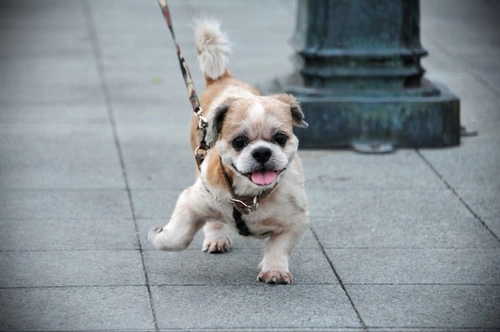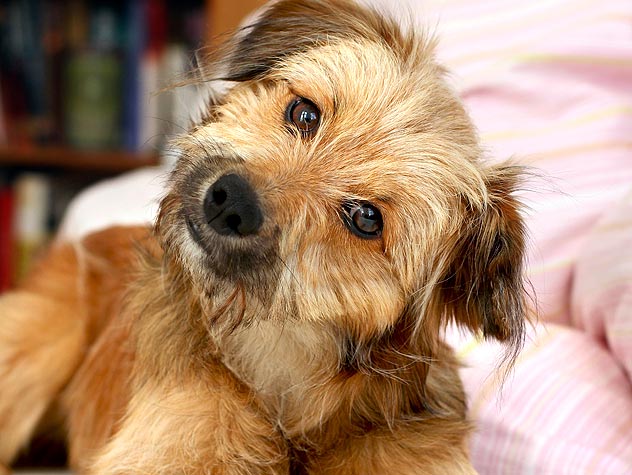Taking care of a pet can be a daunting task, especially when it comes to grooming. Pet grooming is an essential aspect of pet care that involves maintaining the hygiene and physical appearance of your pet. Grooming your dog not only keeps them looking good but also helps you to identify potential health issues. Proper grooming also makes your pet feel comfortable and happy. In this article, we will cover everything you need to know about mastering pet care and dog grooming, including techniques for every breed.
1. Introduction to Pet Care and Dog Grooming
Pet grooming is an essential aspect of pet care that involves maintaining the hygiene and physical appearance of your pet. It is important to groom your pet regularly to prevent health issues and maintain their well-being. Grooming includes bathing, brushing, nail trimming, ear cleaning, and teeth brushing. Proper grooming makes your pet feel comfortable and happy and also helps to identify potential health issues.
2. Understanding Dog Grooming Tools
Before you start dog grooming, it is essential to have the right tools. Some of the essential grooming tools for dogs include:
· Dog shampoo
· Brushes and combs
· Nail clippers
· Ear cleaning solution
· Toothbrush and toothpaste
Understanding the proper use of each tool is also essential to ensure effective grooming.
3. Techniques for Bathing Your Dog
Bathing your dog is an essential aspect of pet grooming. Before you start bathing your dog, brush their coat to remove any tangles and debris. Use lukewarm water and a dog shampoo to clean your dog thoroughly. Rinse their coat thoroughly to remove any soap residue. Dry your dog using a towel or a blow dryer. It is important to use a dog-specific shampoo as human shampoo can irritate their skin.
4. Brushing Techniques for Different Dog Coats
Brushing your dog’s coat is an important aspect of grooming that helps to remove tangles, loose fur, and dirt. Different dog breeds have different coat types, and it is important to use the appropriate brush for each coat type. For example, dogs with long hair require a slicker brush, while dogs with short hair require a bristle brush. Regular brushing also helps to distribute natural oils in the coat and promote healthy skin.
5. Nail Trimming Techniques for Your Dog
Trimming your dog’s nails is an essential aspect of grooming that helps to prevent overgrowth and discomfort. Before trimming your dog’s nails, ensure that you have the right tools and that your dog is calm and relaxed. Use a clipper or a grinder to trim your dog’s nails. Be careful not to cut the quick, which is the pink part of the nail that contains blood vessels and nerves.
6. Ear Cleaning Techniques for Your Dog
Cleaning your dog’s ears is an essential aspect of grooming that helps to prevent infections and discomfort. Before cleaning your dog’s ears, ensure that you have the right tools and that your dog is calm and relaxed. Use an ear cleaning solution and a cotton ball to clean your dog’s ears.
7. Teeth Brushing Techniques for Your Dog
Just like humans, dogs need their teeth brushed regularly to maintain good dental hygiene. Using a toothbrush and toothpaste specifically designed for dogs, gently brush your dog’s teeth in circular motions. It is important to start brushing your dog’s teeth from a young age to get them used to the process. Regular brushing can prevent dental issues and keep your dog’s breath fresh.
8. Grooming Techniques for Different Dog Breeds
Different dog breeds have different grooming needs. For example, long-haired breeds like the Golden Retriever require daily brushing to prevent tangles and matting, while short-haired breeds like the Dalmatian require minimal brushing. It is important to research your dog’s specific grooming needs to ensure that they receive proper care.
9. Common Health Issues and Grooming Solutions
Regular grooming can help prevent and identify common health issues in dogs. For example, excessive itching can be a sign of fleas or allergies, and regular flea treatments and grooming can help prevent this issue. Regular grooming can also help identify lumps and bumps that may need veterinary attention.
10. How to Choose a Professional Pet Groomer
If you prefer to have your dog professionally groomed, it is important to choose a reputable groomer. Look for a groomer with experience, positive reviews, and a clean and safe environment. It is also important to ask about their grooming process and the products they use to ensure that they are safe for your dog.
11. Grooming Your Pet for Show
If you plan to show your dog, proper grooming is essential. Different breeds have different show standards, and it is important to research and follow the appropriate grooming techniques for your breed. This may include specific haircuts, trimming techniques, and coat maintenance.
12. Conclusion
Proper pet care and grooming are essential to maintaining the health and well-being of your furry friend. Regular grooming not only keeps your pet looking and feeling their best but also helps prevent health issues and identify potential concerns. By following the proper grooming techniques for your pet’s breed and needs, you can ensure that your pet is happy, healthy, and well-groomed.


